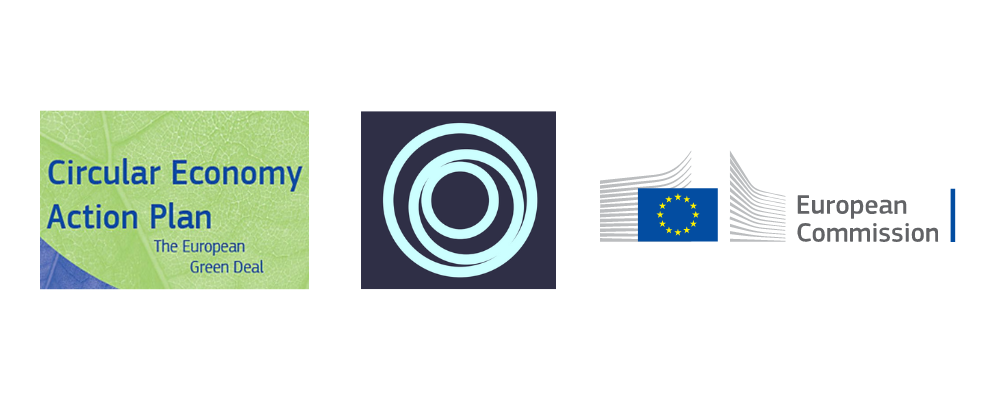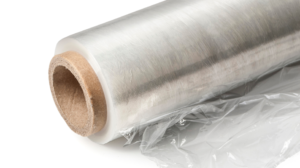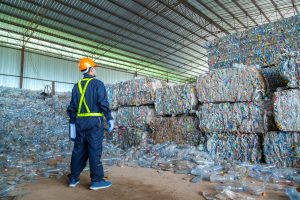- Policy
- Government
- Facts & Stats
- Plastic Pollution
- National
- International
The European Union’s (EU) New Circular Economy Action Plan 2020 is at the heart of Europe’s agenda for sustainable growth and a key part of the EU’s comprehensive 2021 “NextGeneration” post-pandemic recovery plan
The NEW EU’s Circular Economy Action Plan (CEAP) was launched in 2020 building on the successful 2015 plan with a suite of both legislative and non-legislative actions that aim to transition the European economy from a linear to a circular model. The EU Commission decided funding of CEAP initiatives will be enhanced through the EU’s NextGeneration post-pandemic recovery fund launched in 2021 for seven years to ensure a strong European economy.
NextGeneration EU is more than a recovery plan – it is a once in a lifetime chance to emerge stronger from the pandemic, transform the European economy, and design a Europe that works for everyone.
The New CEAP includes legislative proposals on waste, including reducing plastic waste. The New CEAP includes targets for reuse and recycling to be met by 2030 and 2035, along with new obligations for recycling collection. The New CEAP covers several policy areas, material flows, and sectors alongside cross-cutting measures to support this systemic change through innovation and investments. It also includes a sectoral strategy for plastics.
The European Commission formally adopted the NEW CEAP in March 2020. It is one of the main building blocks of the European Green Deal, Europe’s new agenda for sustainable growth. The EU’s transition to a circular economy will create sustainable growth and jobs. It is also a prerequisite to achieve the EU’s 2050 climate neutrality target and to halt biodiversity loss.
The CEAP has initiatives along the entire life cycle of products. It targets how products are designed, promotes circular economy processes, encourages sustainable consumption, and aims to ensure that waste is prevented, and the resources used are kept in the EU economy for as long as possible.
The objectives of CEAP are to:
- Make sustainable products the norm in the EU
- Empower consumers and public buyers
- Focus on the sectors that use most resources and where the potential for circularity is high including plastics and packaging
- Ensure less waste
- Make circularity work for people, regions and cities
- Lead global efforts on circular economy
How did this action plan support the transition to a circular economy?
The EU is recognised as a leader in circular economy policy making globally. By rethinking resource efficiency and material flows, the European Commission developed a framework to promote systemic change across member states, regions and local governments. By engaging policymakers across different policy areas and levels of governance, as well as various stakeholders, it has aimed to promote a collaborative approach. The integration and co-leadership between the Directorates-General responsible for Industry & Enterprise, and the Environment, was crucial to this process. By laying the foundations for circularity, the action plan has enabled the adoption of additional policies, such as the European Green Deal and the EU Plastics Strategy.
URLs
The Ellen MacArthur Foundation Case Study




